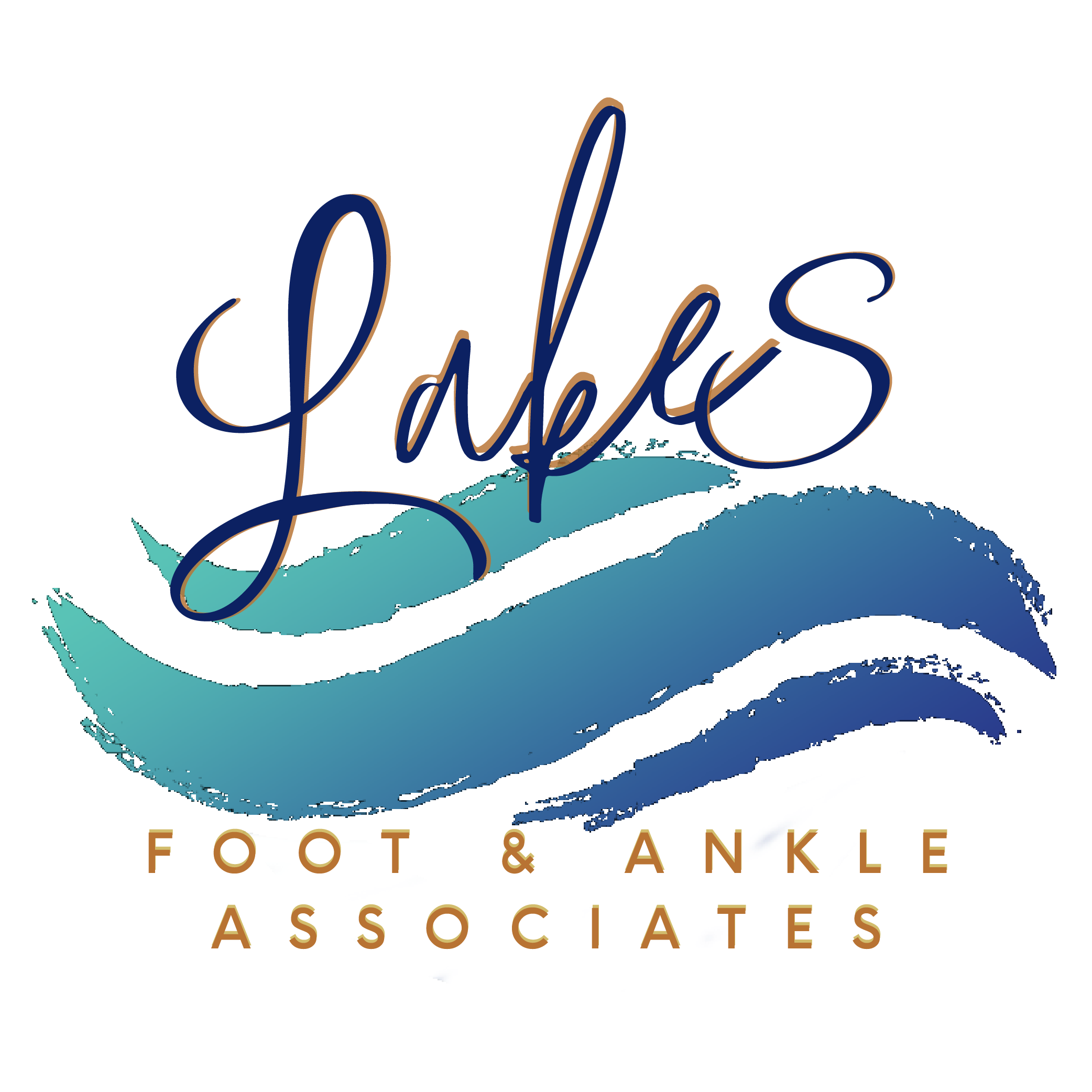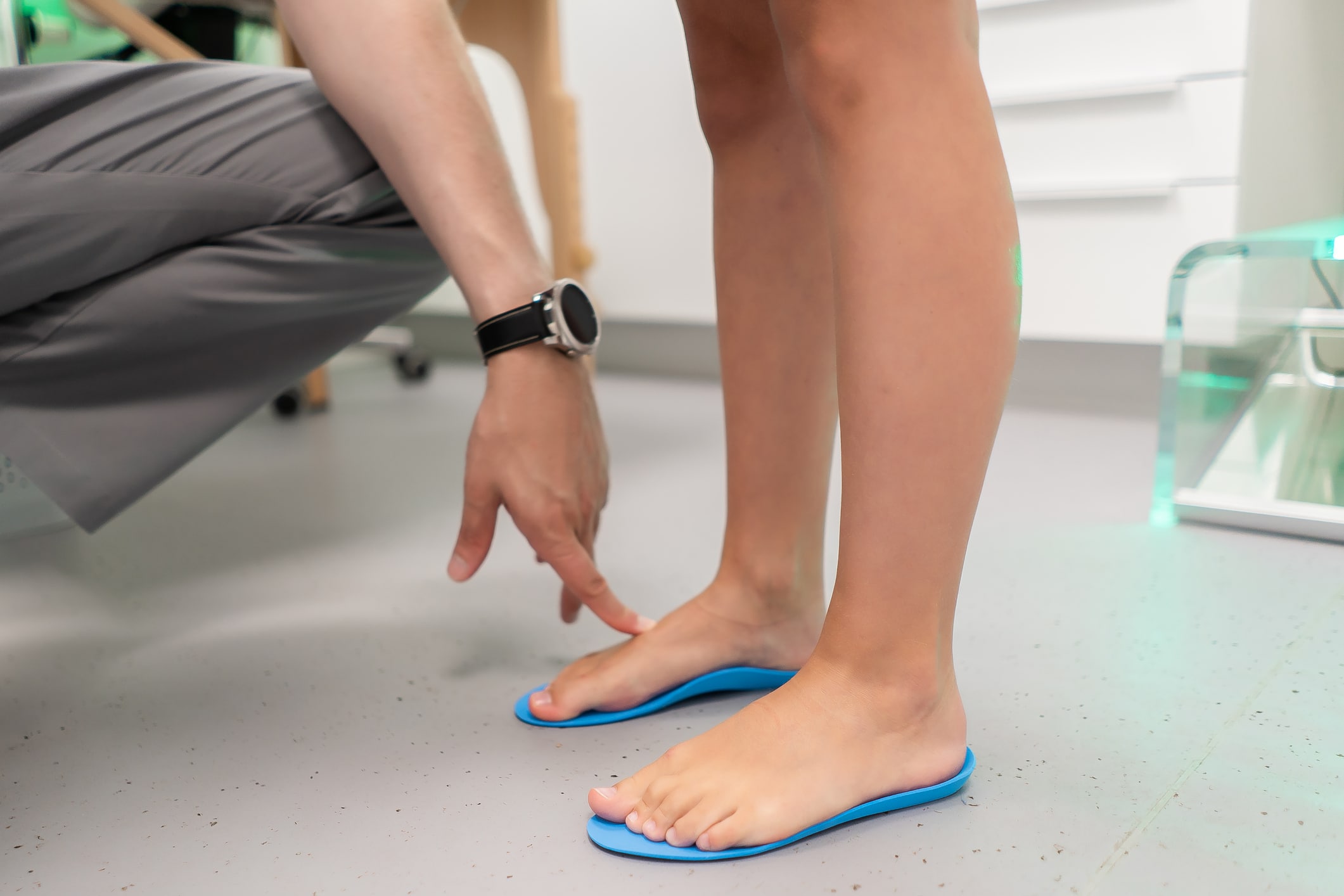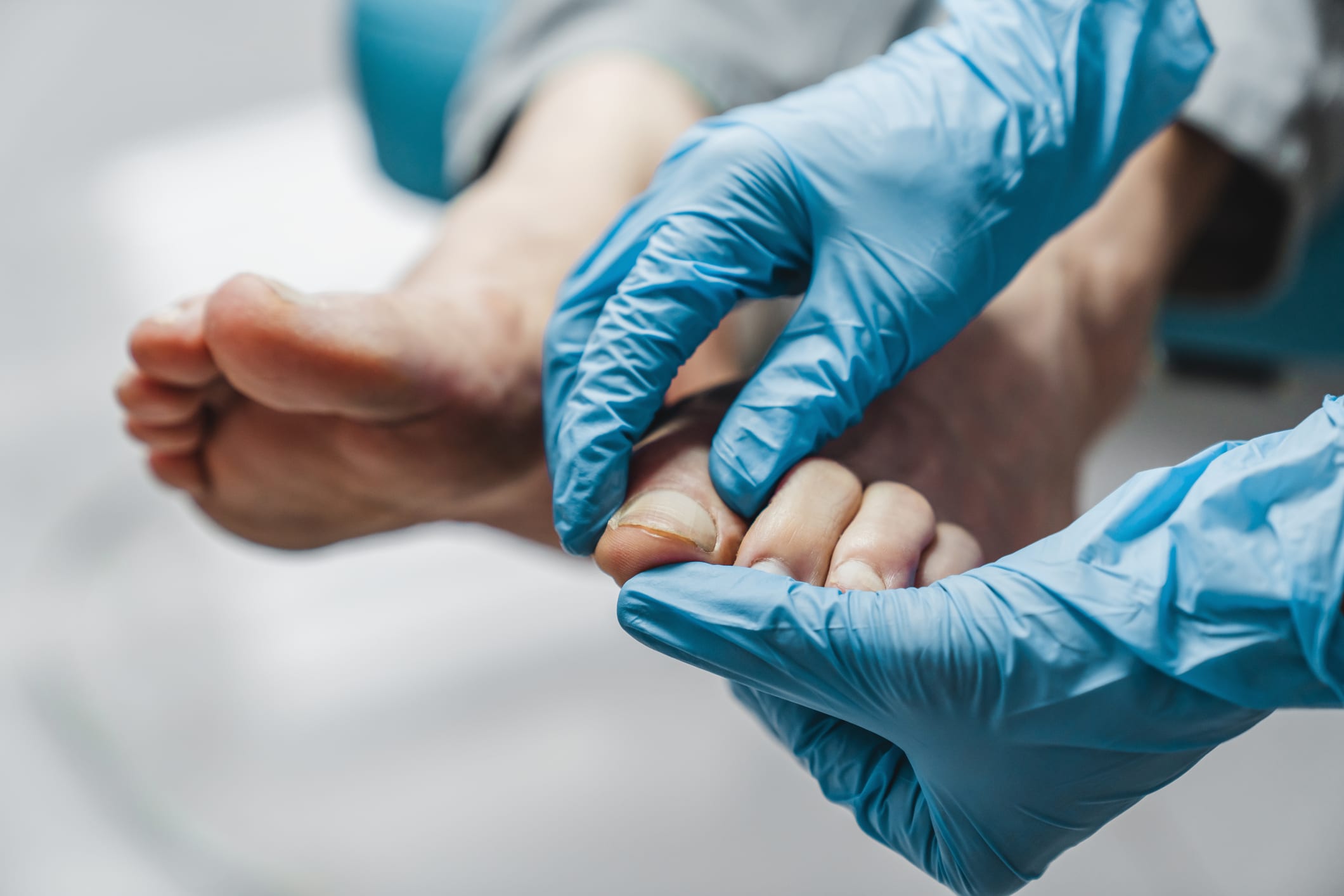Student athletes are obviously included in this group, but so too are many of their “weekend warrior” parents!
If you’re about to start a sports season or just desperate to pack in as much running, tennis, or co-ed kickball before winter hits, we will certainly encourage you to get out there and enjoy yourself!
But we also want to remind you that rushing into new activities with a little too much gusto—and not enough proper precautions for your personal safety—can increase your risk of heel pain, not to mention more disastrous foot or ankle injuries.
If, however, you want to make sure your feet are as prepared for fun and activity as you are, you’d be wise to consider the following advice.
Get a Pre-Season Physical
This might not be necessary if you’re just playing tennis with your buddies on the weekend, but it’s highly recommended if you’re starting a competitive season on a school, youth, or even an adult team.
Even if you feel okay, a medical checkup can identify any potential sources of risk (a previous injury that hasn’t been fully rehabbed, tight tendons, etc.) and provide advice and instructions for injury prevention that are tailored to your specific needs.
Find the Right Pair of Shoes
Simply put, there are legit biomechanical reasons that manufacturers make different shoes for different sports. It’s not a scam to sell more shoes!
If you have one or more “favorite” sports that you play regularly, or are a member of a competitive team, you should have a pair of sport-specific shoes. In other words, runners should have running shoes, basketball players should have basketball shoes—you get the idea.
The reason isn’t just style, or even purely about performance. Shoes are also built to address the most common types of injuries athletes of a particular sport are likely to face. That’s why basketball shoes, for example, tend to have such high ankles and thick soles—to deal with all the lateral movements and jumping you have to do.
Of course, it goes without saying that, in addition to having the right type of shoe or cleat, your footwear needs to fit correctly and not be too worn out. Such shoes will not provide the support and cushioning your feet truly need.
Start Your Training Early
Your body takes time to adjust to increased activity levels, as well as different types of movements and exercises. It’s not just a matter of cardiovascular fitness, but also things like ankle range of motion, the ability of specific muscles and tendons to absorb force, and the like.
This is why, incidentally, “weekend warriors” see much higher injury rates, along with athletes who start their season training late.
It’s much better to work your way up to new activities slowly, starting at a steady and sustainable workload and pace. As the season gets closer, amp up your training by 10-15 percent per week as you feel comfortable in order to gradually work your way to game strength.
Don’t Forget to Warm Up and Cool Down
Warming up with some light jogging and stretches will help prepare your body for more strenuous activity and gradually increase your heart rate under safe, controlled conditions.
At the same time, cooling down after activity helps bring your heart rate down in a gradual and controlled manner, and also helps flush toxins from your body efficiently and reduces the risk of post-exercise cramping and pain.
Check the Playing Conditions
No, you probably aren’t lucky enough to be playing on the freshly manicured lawns of Wimbledon’s Center Court, or have a guy whose sole job is to dry the spot under the basket during a timeout at your pickup basketball game.
But at a bare minimum, you should ensure that your chosen venue is safe for play before you begin. Don’t take the risk with a soggy and uneven field, or extreme weather conditions. Unexpected irregularities and environmental hazards drastically increase the risk of a bad injury.
Take Pain and Injury Seriously
Hey, we get it. You love to play—enough that you might, at least for a while, attempt to shrug off mild to moderate heel pain or other chronic discomfort in order to stay in the game. “My old coach always told me to walk it off, right?”
We sympathize. But actually, if your feet are in pain—enough to cause significant distress or affect your performance, you really need to get it checked out.
Continuing to run and play with plantar fasciitis, a stress fracture, or other injury is just going to make the problem worse. You’ll be miserable now, even more miserable later, and ultimately wind up spending more time recovering and rehabbing than you otherwise would.
The good news is that the Lakes Foot and Ankle Associates have a ton of advanced non-surgical techniques that are exceptionally well suited to athletes and exercise enthusiasts of all ages, including MLS laser therapy. These methods are quick, easy, produce minimal-to-no side effects or risks, and can greatly accelerate the rate of soft tissue healing after an injury.
And of course, we’ll also thoroughly evaluate your feet to determine if there are any preventative options, such as custom orthotics, that could help you stop the next injury from even occurring in the first place. You might even find that your improved biomechanics allow you to train harder and play better, too!
So if foot pain is keeping you off the field, be sure to give our office in Commerce Township a call at (248) 360-3888, or contact us online. We love working with active folks, and nothing gives us greater joy than seeing our patients able to return to the things they love!
| Monday | 8:00am – 4:30pm |
| Tuesday | 9:00am – 4:30pm |
| Wednesday | 8:00am – 4:30pm |
| Thursday | 8:45am – 6:00pm |
| Friday | 7:30 am – 4:00pm |
| Saturday | – Closed – |
| Sunday | – Closed – |



